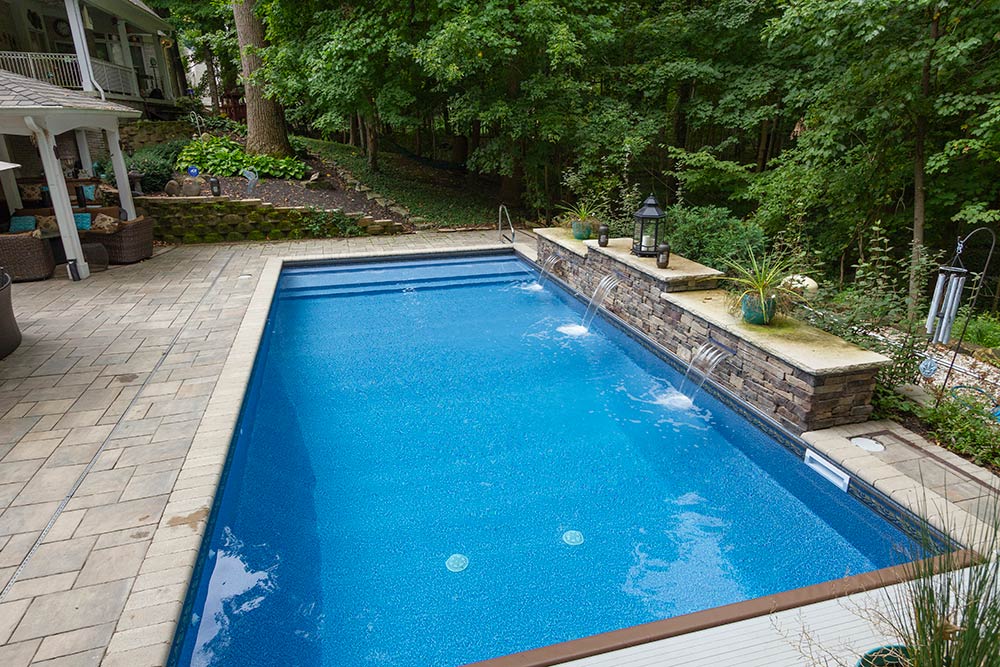Secrets to Getting the Right Pool
Are you purchasing a pool for family recreation, entertaining guests, physical therapy, exercise, personal enjoyment, or simply to keep up with others? Knowing the purpose of your pool is crucial to avoid the first mistake when buying one.
Designing Your Pool According to Its Intended Purpose The principle “Form follows function” applies here. To determine the type of pool you want, it’s important to identify its intended use. The pool you choose will depend on its purpose.
Typically, people have a specific purpose in mind when considering a pool purchase. It’s essential to document this purpose and have it ready when discussing your requirements with pool builders.
For example, if your pool will primarily be used for family entertainment, you should include safety features like gating or fencing to control access. If your main focus is entertainment, you might consider mood lighting and special landscaping features such as waterfalls in and around the pool. For physical therapy or exercise, you may want to include a longer shallow area for swimming.
The Myth of the Large Pool
A common phenomenon occurs when first-time pool buyers desire a large pool with a deep end and a diving board. However, after about a year of use, they discover that the deep end is rarely utilized, and the diving board becomes more of a safety concern.
Most of the activities and games played by children happen in the shallow end, where adults also spend 95% of their time. Building a large pool with a deep end results in only 35% of the pool being utilized, leading to unnecessary expenses and low usage.
Fencing is always important for pool safety and privacy. If your yard has a slope, you may consider a retaining wall to provide more privacy by creating a step-down to the pool.
When designing your pool, it’s crucial to consider not just the pool itself but also your entire backyard. Your pool should complement your existing backyard and integrate with your intended landscaping plans, both now and in the future.
Here are additional points to consider during the pool design process:
-
Access: Ensure easy access to the pool from your house, restroom, or entertainment area. Properly position patios, decks, or walkways to create safe and convenient entrances and exits.
-
Lines and Cables: Before finalizing the pool location, check for any electrical or telephone wires, sewer or septic lines, or buried pipes.
-
Drainage: Proper drainage is essential to prevent standing water or dirt and mud from entering the pool, particularly in flood-prone areas.
-
Add-Ons: If you plan to include a diving board, spa, slide, or waterfall, ensure sufficient deck space for each add-on.
-
Sheds: Consider building a shed near the pool to protect equipment.
-
Sun vs Shade: While the sun can help keep your pool water warm, placing the pool under trees can result in extra maintenance.
-
Covenants: Check if there are any subdivision covenants that regulate pool construction.
It’s generally required to have a survey or plot plan of your entire property to obtain a building permit. You should already have one from when you purchased your home. This will assist you in determining the pool’s location and the placement of other accessories.
To ensure your pool design aligns with its intended functions and activities and fits your overall backyard vision, it’s crucial to consult with us on-site from the beginning.


